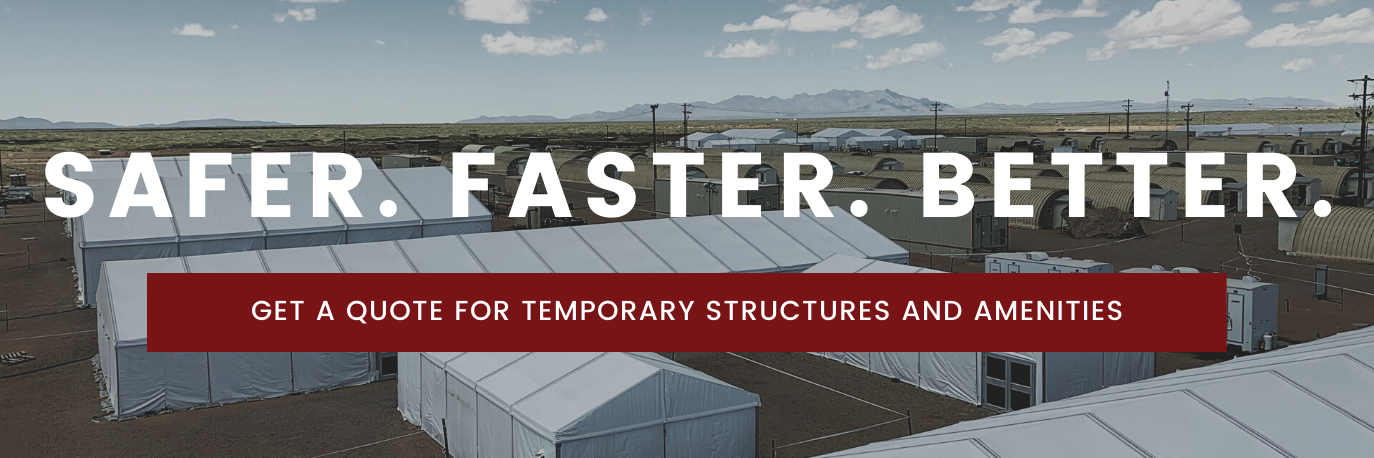Keeping track of your company’s products and inventory is critical to achieve and maintain success in a competitive marketplace. Investing in portable buildings is a smart choice for storing excess inventory and/or managing temporary industrial tent structures during seasonal sales and high-volume periods for your company.
In this blog, we’re discussing a few practical methods for successfully managing your inventory processes more effectively when using temporary storage solutions.
1. Choosing the Right Industrial Tent Structures
Depending on the type of products you need to store, finding the right temporary structure(s) will make a huge difference in the securing of these items. A temporary tent rental is an ideal choice for short-term storage of non-perishable items that are located behind locked gates or security fences.
If your storage solution must be kept outside locked areas, portable buildings offer superior protection. Portable storage buildings will typically be locked up at the end of the day, allowing your business to enjoy greater security for these items.
2. Assess the Need for Refrigeration in Your Industrial Tent
For most items, controlling the climate within the tent will help extend shelf life and protect against melting or other potential dangers that could damage the value of your inventory. Preventing these issues is an integral part of inventory management and will prevent losses, keeping your overhead costs low. By choosing the right tent company your business can get the right solutions it needs to keep things cool during the summer months and safe from winter storms during colder seasons.
3. Practice First In, First Out
A staple of proper inventory management is the FIFO method (aka first in, first out). By organizing products according to the date on which they were received, your company will maximize the sale time and optimize their delivery to store shelves. Portable buildings and tents used for warehousing should also be organized to allow easy identification of more older products.
4. Consider Cloud-Based Software
Inventory management software is designed to streamline your company’s processes by recording arrivals, distributions and sales automatically. Upgrading to a cloud-based software for tracking and managing inventory will allow convenience for maintaining real-time control.
By making the move to the cloud, your company can enjoy much more flexibility for temporary/permanent storage and warehousing requirements.



